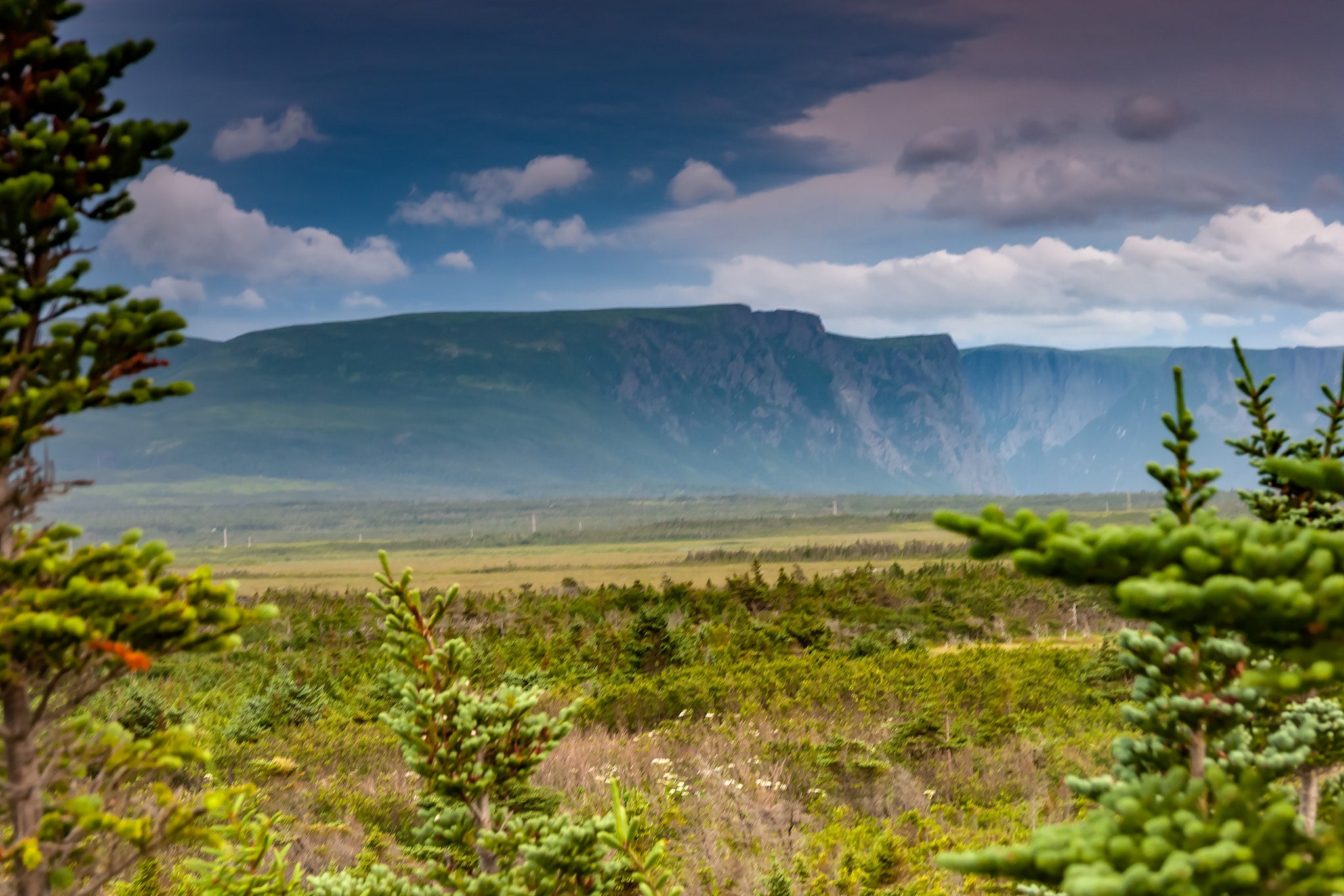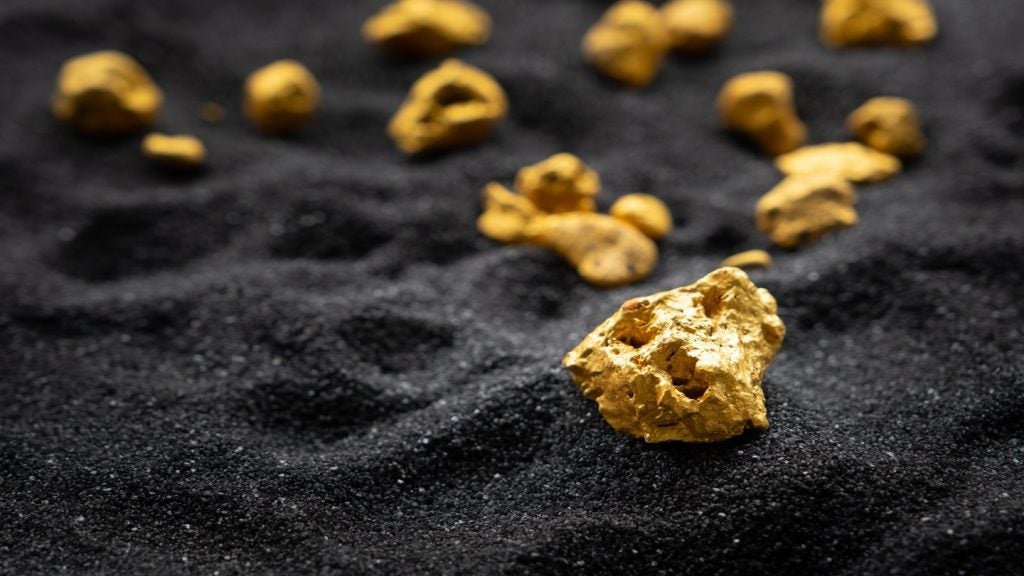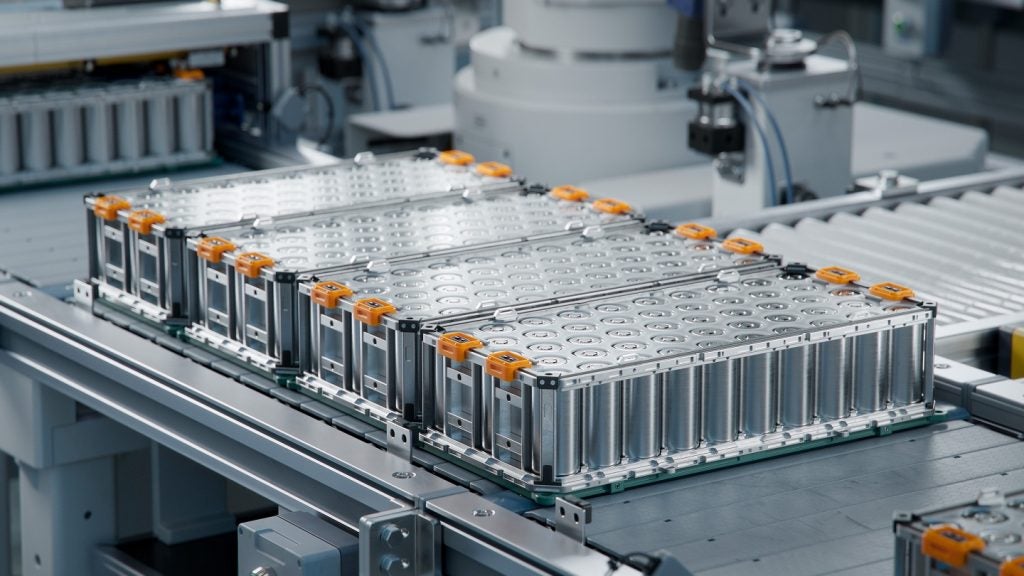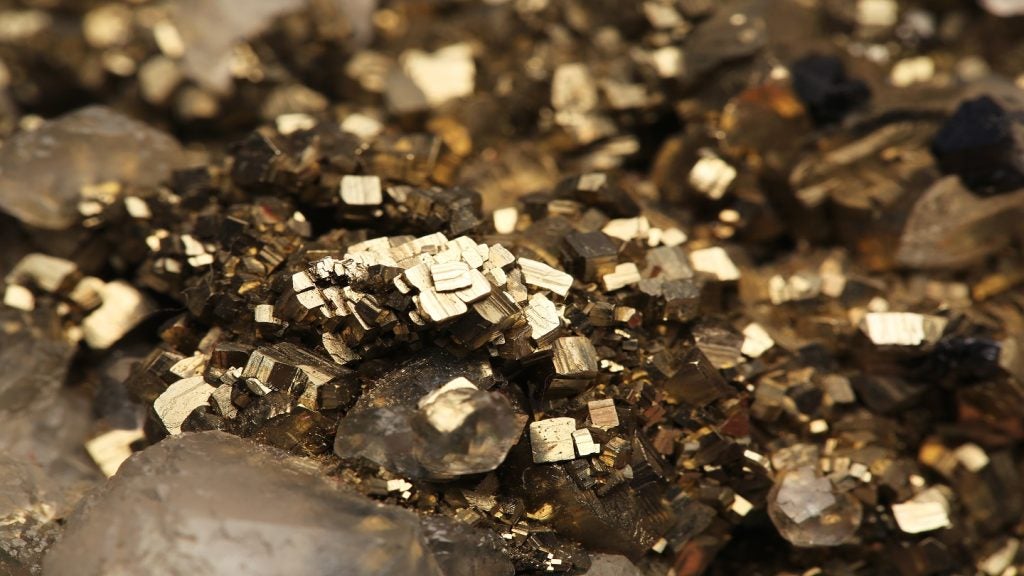
The province of Newfoundland and Labrador (NL) is renowned for its fishing industry, the rugged, uncompromising beauty of its coastline and weather, its unique dialect and the warmth of its people, all of it immortalised in E. Annie Proulx’s Pulitzer Prize-winning novel The Shipping News.
Less well publicised is that the most easterly province of Canada is home to a sporadic mining sector. Ground was broken on the first mine in the small town of Tilt Cove in 1864 and more than 150 years later a total of 11 mines produce 14 separate commodities, including iron ore, nickel, copper, cobalt and gold, while the industry in NL directly employs 4,800 people.
Mining and quarrying contributed 6.4% of the province’s gross domestic product (GDP) in 2016 and C$90m in taxes in 2017/18; the estimated gross value of mineral shipments in 2018 was C$3bn.
With one eye on the region’s mining heritage, the provincial government has launched Mining the Future 2030, an ambitious programme aimed at rejuvenating NL’s resource industry, encompassing everything from the creation of new mines and jobs, to revamped legislation and gender diversity.
“By 2030, the provincial government envisions five new mines, sustainable direct employment of more than 6,200 people in operations, doubling annual exploration expenditures to C$100m, C$4bn in annual mineral shipments, and a workforce that is more diverse and includes a minimum of 30% women – double the current level,” stated Premier Dwight Ball.
Untapped potential: mining in Newfoundland and Labrador
The strategy will supplement the Canadian Minerals and Metals Plan, which encourages collaboration between the federal government, provinces and territories to unlock the nation’s resource potential and solidify its position in the top five producing countries for 13 major metals and minerals.
How well do you really know your competitors?
Access the most comprehensive Company Profiles on the market, powered by GlobalData. Save hours of research. Gain competitive edge.

Thank you!
Your download email will arrive shortly
Not ready to buy yet? Download a free sample
We are confident about the unique quality of our Company Profiles. However, we want you to make the most beneficial decision for your business, so we offer a free sample that you can download by submitting the below form
By GlobalDataThe government is busy playing up the province’s contribution to that overall total, pointing out the C$2.3bn of investment in NL mining projects announced since February 2017, and that the region currently accounts for 10.2% of major mining projects planned or under construction across Canada.
The administration has identified significant potential in key areas including Western Labrador’s ore developments, Central Newfoundland’s gold deposits and Southern Labrador’s rare earth elements.
NL is banking on the vehicle electrification boom to provide significant upside for metals such as nickel and cobalt – the global nickel market is projected to grow by 50%-100% by 2030 – as well as premiums for its ore resulting from China’s demand for higher-quality iron ore to help reduce its environmental footprint. NL currently contributes 46% of Canada’s iron ore and 26% of its nickel.
“To plan for a changing global economy and to embrace opportunities, we have initiated ‘The Way Forward on Mineral Development – Mining the Future 2030: A Plan for Growth in the Newfoundland and Labrador Mining Industry’,” said NL’s Minister of Natural Resources Siobhan Coady.
“The success of Mining the Future depends on our ability to attract and support prospecting, exploration and development while working within an industry that is driven by commodity markets. We have the opportunity to increase exploration expenditures, mineral shipments, revenues and jobs.”
Delivering results: legislation and geological analysis
Stirring words, but if Mining the Future 2030 is to succeed it must deliver on a host of targets across four key areas: competitiveness and efficient regulatory processes; public geoscience, marketing and education; indigenous and community engagement; and innovation and emerging technologies.
The first involves the modernisation of NL’s decades-old mining legislation, specifically the Mineral Act of 1976 and 1999 Mining Act, as well as reviews to assess the competitiveness of the industry, the value of junior exploration and prospecting programmes, and the current taxation regime and fee structures. Venture capital funding and other investment options will also be scrutinised.
In the longer term, the aim is to ensure the province is consistently ranked as a top-three Canadian jurisdiction in permitting times, and as a top-three jurisdiction by industry by the Fraser Institute.
Public geoscience, marketing and education prioritises the role of the Geological Survey in providing further geological analysis of sites such as the Labrador Trough, and using that data as a basis for claim-staking by making it publicly available to prospectors, junior exploration firms and investors.
Diversity pays: engaging with women and indigenous communities
Educating a new generation of workers across the supply chain is also a priority, as is attracting more women to an industry that is widely perceived to be inflexible in terms of working hours and pay, and dominated by physically demanding roles. At present, only around 15% of the NL mining workforce is female; Mining the Future is committed to doubling that figure over the next decade.
The programme also identifies the need to engage more successfully with NL’s four peoples of Aboriginal ancestry – the Inuit, the Innu, the Mi’kmaq and the Southern Inuit of NunatuKavut – through initiatives such as the Labrador Aboriginal Training Partnership (LATP).
Funded by C$24m from the federal and provincial governments, the scheme currently recruits and trains indigenous people from Labrador to work at the Voisey’s Bay mine. The surface mine has been in operation since 2005, but last year owner Vale greenlighted its underground expansion – potentially creating 1,700 additional jobs – with first production in 2021.
Finally, investment in airborne and sub-surface technologies, as well as new digital innovations, is essential to diversify the number of commodities extracted within the province, such as rare earth elements.
Will Mining the Future 2030 succeed in rejuvenating NL’s mining sector and in turn the province’s wider economy? In mid-2018, gloomy talk of possible bankruptcy, followed by a federal bailout of the province, circulated, only to be replaced at the tail-end of last year by predictions of an economic turnaround, thanks to offshore royalties. A year after having the weakest economic outlook in 2018, think tank the Conference Board of Canada said it expects the province’s real GDP to grow by 5.2% in 2019.
Mining the Future 2030 may also have a role to play in that potential rebound. The provincial government is clearly invested, politically and financially, in the initiative, as Siobhan Coady recently confirmed.
“Mining in NL is a key contributor to the economic growth and employment in our province,” she said. “This plan supports prospecting, exploration and development of the industry… our goal is to be consistently ranked as a leading Canadian jurisdiction.”







